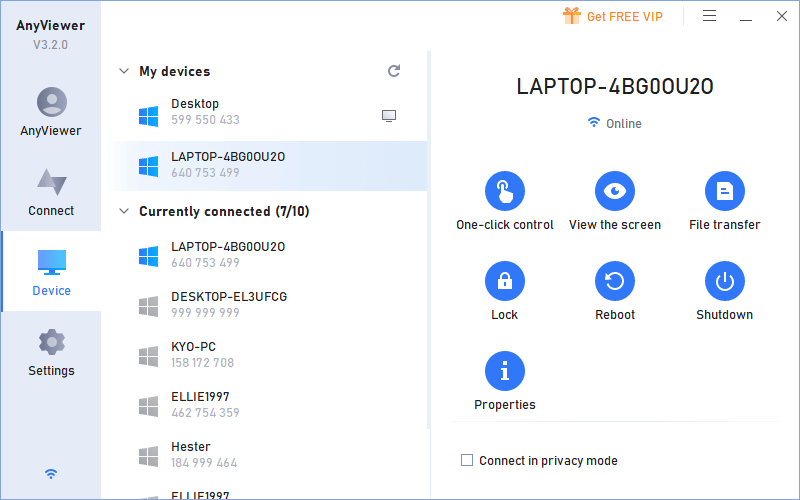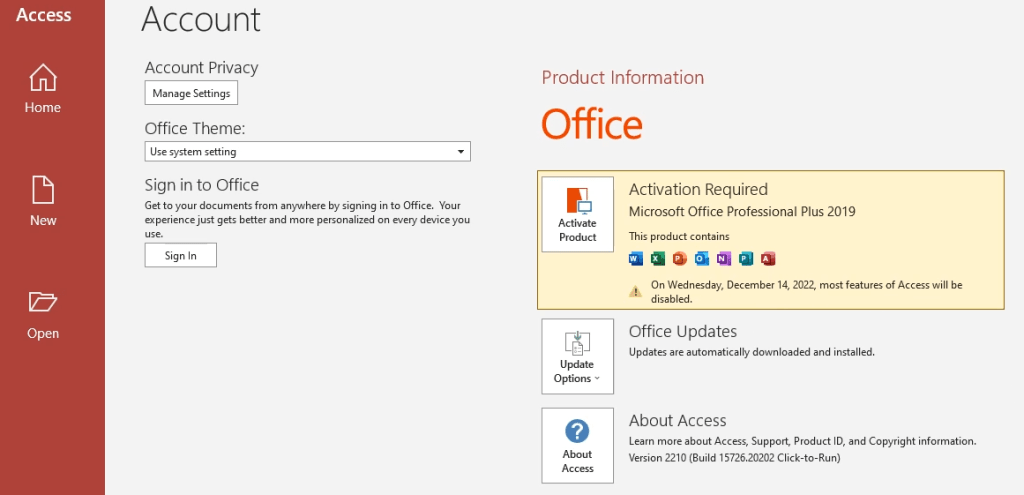USB over Ethernet: Revolutionizing Remote Access to Devices
How is USB over Ethernet?
USB over Ethernet lets USB devices be shared and accessed across a network. This allows you to utilize printers, scanners, cameras, and external storage devices remotely as if they were attached to your computer. Encapsulating USB protocol data in network packets extends USB devices’ reach beyond location and connection.
Key Technologies Behind USB over Ethernet
USB over Ethernet uses software and hardware. In a server-client arrangement, the USB device is physically linked to a server and distant clients use specific software to access it over the network. Here, a solution like USBoNET can be invaluable. As a sophisticated software that allows seamless integration of usb over ethernet, USBoNET enhances remote access capabilities by providing stable connections, comprehensive device support, and enhanced security features. This makes it an ideal choice for businesses seeking to incorporate USB devices into their network without the need for additional hardware.

Applications and Benefits
Real-World Applications of USB over Ethernet
The adaptability and usefulness of USB over Ethernet technology are seen in its many applications. Connecting medical devices to central monitoring systems using USB over Ethernet allows remote data gathering and analysis. It allows students to utilize lab equipment and teaching materials remotely, making resources more accessible. Furthermore, in IT infrastructures, it enables centralized management of devices such as security dongles and data storage solutions across multiple servers and users.
Advantages of Using USB over Ethernet
The primary advantage of USB over Ethernet technology is its ability to make USB devices accessible from anywhere, overcoming the limitations posed by physical distance. This enhances flexibility and efficiency in workplaces by allowing employees to access necessary tools remotely. Additionally, it reduces costs associated with purchasing multiple hardware units, as the same device can be shared among various users. The technology also supports a variety of devices, maintaining their functionality and speed over the network as if they were locally connected.
Challenges and Considerations
Potential Challenges in Implementation
While USB over Ethernet provides significant advantages, there are challenges that organizations may face during its implementation. Older USB devices and operating systems may cause compatibility concerns. Video cameras and high-speed storage systems may also be affected by network latency. Unsecured USB devices may allow cyberattacks, thus security is crucial.
Deployment Best Practices
USB over Ethernet technology should be used with strong network security, including encryption, secure login, and software upgrades. Before complete implementation, test desired devices in a controlled environment for compatibility and performance concerns.
The Future of USB over Ethernet
New ideas and trends
USB over Ethernet technology may increase bandwidth, security, and device compatibility as remote access options become more popular. Advanced compression methods and cloud service integration may minimize latency and bandwidth utilization and simplify USB device access and administration.
Impact on Future Remote Access Strategies
The continued development of USB over Ethernet technology is set to significantly influence how businesses manage their IT assets and how individuals interact with technology. By providing a flexible and efficient way to access peripherals, USB over Ethernet could become a fundamental component of future remote access strategies, potentially reshaping IT infrastructure management.
FAQ and Answers
- What is USB over Ethernet and how does it work?
USB over Ethernet virtualizes USB devices over the network, providing remote access as if they were attached to a computer.
- Does USB over Ethernet work with all USB devices?
Most USB devices operate, however performance and capabilities vary by device and network.
- What are the key USB over Ethernet advantages?
Remote USB device access, hardware savings, and resource sharing boost productivity.
- What should be considered before implementing USB over Ethernet in an organization?
Organizations should consider compatibility, network security, and the potential impact on network performance.
- How secure is USB over Ethernet for remote access?
While inherently secure, the security level can be enhanced through encryption, secure user authentication, and up-to-date software practices.
This comprehensive look into USB over Ethernet technology not only highlights its current applications and benefits but also explores the challenges and future prospects, offering a thorough understanding of its impact on modern remote access solutions.

![[Giveaway] Get AOMEI Gifts to Secure the Data on All Your Devices [Giveaway] Get AOMEI Gifts to Secure the Data on All Your Devices](https://getproductkey.net/wp-content/uploads/2021/12/Aomeitech-The-Biggest-Christmas-Carnival-Giveaway.png)




